
| he/they | 20 | Germany | ENTP-T | OFMD |existing | 🐸🏳🌈 |
110 posts
Latest Posts by rhysuric - Page 4
Sherlock (TV series) - Heteronormativity caught you in a haste? Here some quick replies to copy paste!
Here some counterarguments that cover the all the major points. I mainly created it for myself, but you can copy paste this wherever you want, editing whatever you want.
For those who take this text as an analysis in its integrity, rather than as a collection of counterarguments to piece together according to the occasion, I want to specify that here I’m not arguing that Sherlock and John are absolutely going to be together (though I think they will for reasons not reported here), but that their relationship is written like romantic arcs are and them not being ultimately together would result in queer and romance-baiting.
THE “ SHERLOCK AND JOHN ARE JUST FRIENDS” ARGUMENT:
The fact that they are friends now doesn’t mean that a romantic relationship can’t develop in the future.
They don’t have to be portrayed as couple from the start.
It is actually a more common practice in stories to show the main characters fall in love and have them to get together only near the end, in order to keep the tension up. It is hard if at all possible for writers to maintain the same level of tension when the relationship is established. It usually degenerates into the use of tropes that bring the kind of conflict which makes those who root for the romance uncomfortable. You can read more about this issue on TVtropes: True Love Is Boring.
There is no reason why queer people shouldn’t follow this formula as well. 1) Queer people can be single at the start of a story. 2) Queer people can follow the romance arc formula in which the characters get together only near the end. 3) Queer people are not necessarily recognisable, they can be queer even if its not stated.
Sherlock and John’s relationship is coded like a romance arc according to TV standards. Much of the coding can directly be traced to romantic tropes in order to present an objective source for this claim.
Here the definition of “romance arc” from the TV Tropes website: “The journey of two characters from strangers to lovers”. During a romance arc a multitude of romantic tropes will be used.
Tropes are devices with the purpose of coding situations inside a work of fiction, in order to influence the mood or the expectations of the spectator. Viewers might be more or less aware of the existence of these devices, but all viewers are normally receptive to them, as they are exposed to media from a young age.
Romantic tropes are consistently used to indicate the presence of a romantic interest (as is proved by the fact that they are recognized and studied as such) and, depending on which tropes are used, of a romance arc. This means that their presence codes the situation as a romance, even if they involve actions that in real life are not exclusive to romantic interest, because works of fiction have different rules from reality. Tropes are often very specific and hardly occurring in real life in the form they occur on TV, so a couple of situations might accidentally resemble romantic tropes while a friendship is represented, but when a large number of romantic tropes has been used, the situation is intentionally constructed in order to be perceived as a romance.
When a situation is coded like a romance arc, it is done intentionally, so either:
The characters are going to develop a romantic relationship;
The characters don’t get or stay together because the story has other connotations as well, for example: a) Being a tragedy in which lovers don’t get to be together, though acknowledged as such; b) Having a love triangle in which more than one couple has equal romantic coding, so one has to go.
The characters don’t get together because the audience as been baited, which is particularly harmful for a discriminated group like queer people.
Failure to recognise this code gender-blindly is the result of heteronormativity, which creates a double standard between queer and non queer couples. Everyone is raised with a heteronormative mindset in our society. Heteronormativity comes in various degrees and is usually less present in queer people, because they experience it’s negative effects and so are more interested in realizing its existence and how it affects them. For as much as one would like to believe themselves free from heteronormativity, if you are not queer, it is nearly impossible to be free from it, unless you have actively studied the matter for a long time, and, even if you are queer, you might still be affected from it, especially if you have not give the matter much thought (and this is coming from a queer person who has been very heteronormative for most of their life due to the lack of interaction with informed queer folk).
Using a language that is consistent for communicating romance in non-queer couples, in order to communicate friendship in queer couples, is discrimination in the use of coding. Since media influences perception, this discrimination in coding fuels the discrimination in perception already present because of heteronormativity. It is not neutral to queer people, it is harmful: 1) It reinforces the idea that queer couples share a different kind of love and different rules apply to them. 2) Friendship rather than romance gets to be absorbed as the outcome one should root for, the preferred resolution, for the sole reason that the couple has not characters of the opposite gender. This discrimination in perception directly affects how queer people are perceived in real life as well.
Here some romantic tropes typical of romance arcs that have been used between Sherlock and John (taken from this TV tropes list):
Red String of Fate: They meet because they say the same thing to the same person.
Meet Cute: They do not just meet, the have an extraordinary meeting. Sherlock deduces many things about John at first sight and John is completely amazed, then Sherlock dashes away and winks in a very cute way, leaving John standing there, shocked. As John puts it on his blog “He was charming.” His sister and his friend start commenting on said entry about the gayness of the whole thing. In TAB a meet cute is presented again with an equally extraordinary meeting in which in addition the viewers are shown how much Sherlock and John connect when the latter catches the cane the former throws at him.
Rescue Romance and Samaritan Relationship Starter : John saves Sherlock’s live while he was about to swallow the pill from the cabbie. Sherlock deduces John has killed a man who was trying to kill him and his positively surprised. Sherlock immediately asks John out to dinner. The acting is also suggestive of romantic interest as documented inside the Unresolved Sexual Tension trope (particular movements of the mouth, standing in front of each other and sharing long stares). In TAB we have another rescue operated by John which ends with the two of them flirting and the enemy remarking on that.
Just Friends: John insist they are just friends, but no one seems to believe him. When this trope is not intended and they are really just friends, there is no reason to repeatedly bring up the tension by suggesting that they are not. MRS HUDSON: There’s another bedroom upstairs if you’ll be needing two bedrooms. MYCROFT: Might we expect a happy announcement by the end of the week? JEANETTE: You’re a great boyfriend. JOHN: Okay, that’s good. I mean, I always thought I was great. JEANETTE: And Sherlock Holmes is a very lucky man. BILLY: That’s not true. He’s a snorer. GARY: Hey, sht! BILLY: Is yours a snorer? For more examples see the Not a Date and She Is Not My Girlfriend subtropes.
Not a Date: John practically says this out loud two times and Angelo doesn’t believe him. ANGELO: On the house, for you and for your date. SHERLOCK: Do you want to eat? JOHN: I’m not his date. ANGELO: I’ll get a candle for the table. It’s more romantic. JOHN: I’m not his date!
She Is Not My Girlfriend: Another romantic trope John cries out loud several times. And no one believes him. Again, it’s a common trope to increase the romantic tension, there’s no other reason to repeat it as the show goes on. DONOVAN: Opposites attract, I suppose. JOHN: No, we’re not … *dramatic music* IRENE: Are you jealous? JOHN: We’re not a couple. IRENE: Yes you are. There “I’m not dead. Let’s have dinner.” JOHN: Who the hell knows about Sherlock Holmes, but, for the record, if anyone out there still cares, I’m not actually gay. IRENE: Well, I am. Look at us both. GARY: Eh, sorry we couldn’t do a double room for you boys. JOHN: That’s fine. We-we’re not… MRS HUDSON: You really have moved on, haven’t you? JOHN: Mrs Hudson! How many times …? Sherlock was not my boyfriend.
Love You and Everybody: Both Sherlock and John use the ambiguous verb “to love” and Mary to deflect the declaration. JOHN: I want to be up there with the two people that I love and care about most in the world. SHERLOCK: Yes. JOHN: So, Mary Morstan… SHERLOCK: Yes. JOHN: and… you. SHERLOCK: Today you sit between the woman you have made your wife and the man you have saved – in short, the two people who love you most in all this world.
Everyone Can See It: Everyone thinks they are a couple.
Will They or Won’t They?: This is what part of the fandom is wondering and, when then this trope is used, usually the answer is “They will”, because fans are emotionally invested. BBC Three wonders it too: “#Sherlock and Watson Will they won’t they… solve some crime? Elementary! #TellyHaikus” Source
Dance of Romance and Convenient Slow Dance: Sherlock and John have already danced off screen, specifically to a waltz and many times. Sherlock also declared that he loves to dance and lives in the hope of the right case, but he is the only one who doesn’t get to do it at the wedding (so might see him/them dance on screen in the future). Their dancing lessons are mentioned again in TAB, as Sherlock is thinking about them. They also make an easter egg appearance in the papers.
Held Gaze: Sherlock and John share intense looks.
Both staring at each other: PICTURE PICTURE PICTURE PICTURE
Looks from Sherlock: PICTURE PICTURE PICTURE
Unresolved Sexual Tension: The gaze and touch each other and there is tension about it. TV shows don’t code friends with tension.
Sherlock and John touching: PICTURE PICTURE PICTURE PICTURE PICTURE PICTURE PICTURE PICTURE PICTURE PICTURE
Other moments that create sexual tension: PICTURE PICTURE PICTURE This two specifically have Sherlock and John taking turn at opening legs. PICTURE PICTURE
Most moments under the Held Gaze trope.
Comments on each other’s looks: JOHN: You being all mysterious with your cheekbones and turning your coat collar up so you look cool. (At the start of the episode John expresses this opinion with a look too and Sherlock replies aloud.) SHERLOCK: I prefer my doctors clean-shaven.
Often staying very close in front of each other while talking.
Moment Killer: They are drunk and are starting to act a bit too intimate with each other, where would that have gone without Tessa interrupting them? Do you ever wonder if there was a reason for that scene to end with an interruption?
Operation Jealousy: Sherlock enters a fake romantic relationship and doesn’t tell John for a while. John looks surprised, but also jealous. He certainly doesn’t look happy about it.
Romantic False Lead: John’s wife presented like a romantic lead, but the first time we see them after their marriage John and Mary are annoyed at each other. Mary is then revealed to have lied about everything in their relationship and to be an assassin. In The Abominable Bride, in Sherlock’s mind, their marriage is presented again as falling apart. Watson directly forgets that he has a wife and goes away with Sherlock, so that Mary has to go to great lengths just to see her husband, who, as Sherlock remarks, had abandoned her for himself. Sherlock even imagines they have a row. John is again disinterested in her while he leaves to go to the morgue. Later there is a whole scene in which it is shown that they are never at home together and barely see each other, despite being married. Sherlock instead gets a girlfriend, but it’s a fake relationship.
Wrong Guy First: John’s wife is actually an assassin that has lied to him since the start of their relationship and shoots Sherlock, who is declared dead on the operating table, but he comes back to live because John is in danger. There is speculation that in the next series she could be made even more of a villain.
Sleep Cute: John and Sherlock sleeping on the stairs.
Literally Falling In Love: John looses balance and his hand lands on Sherlock’s knee. They both say they don’t mind.
Aborted Declaration of Love: Sherlock wanted to confess something to John before going inside the plane, but made a joke instead. He had already confessed his feelings of friendship at the wedding.
I Want My Beloved to Be Happy: Sherlock sacrifices himself so that John can have a family with Mary and their baby.
Unrequited Love Switcheroo: In Series 1 and 2 we see John potentially emotionally interested, but Sherlock has turned him down from the start. John deals with the fact that Sherlock is not looking for a relationship and his interest is unrequited. In Series 3 Sherlock is finally ready to be emotionally involved, but John has found a new love interest, which is a romantic false lead anyway. Sherlock deals with having lost John forever.
I Have Your Girlfriend: Moriarty kidnaps John at the pool. Magnussen kidnaps John and puts him in a fire.
Second Act Break Up: At the end of Series 2 they are separated for two years.
Break His Heart to Save Him: Sherlock makes John believe that he’s dead for two years in order to save his life.
Here some generic romantic or sexual tropes that have been used between Sherlock and John (taken from this TV tropes list and TV tropes list):
Accidental Hand Hold: John and Sherlock hold hands while trying run away from the police.
Act of True Love: Sherlock jumps from a building for John, he says he would have jumped even if he couldn’t survive. Sherlock come back to live after being declared dead on the operating table because John is in danger. The only vow Sherlock will ever make in his life is to protect John’s family. Sherlock kills a man and goes to an exile which will lead to his death to protect John’s family.
Anger Born of Worry: John shows anger both in The Last Vow and in Sherlock’s mind palace in The Abominable Bride because of Sherlock’s drug use.
Betty and Veronica: John between Mary and Sherlock before it’s revealed that Mary is an assassin.
Cardiovascular Love: There’s a heart between John and Sherlock when they are talking in front of the fire at the inn in The Hounds of Baskerville and there is another heart nearby. There are other possibly intentional easter eggs hearts.
Declaration of Protection: Sherlock’s last and only vow.
Finishing Each Other’s Sentences: In The Empty Hearse, there’s a whole montage of Sherlock and John finishing each other sentences. In The Sign of Three. SHERLOCK: Don’t compromise the integrity of the… JOHN: …crime scene! Full meta
Love Triangle: John’s attention is contended between Mary and Sherlock in The Sign of Three, where, thought the two are on good terms, Sherlock get very sad about loosing John. We get a visual love triangle here. The are also several parallels between Sherlock and the bride: - John in front of Sherlock on one knee (during the knee grope). - John asking him the big question. - Sherlock being the other person who changed John’s life. - Sherlock being the other person John loves the most. - Sherlock organizing the marriage. - Sherlock dressing exactly like the groom. - Sherlock thinking he should be in the photo outside of the church, before he’s told to move away from the bride and the groom. - Sherlock waltzing with the groom. - Sherlock making a vow. - Sherlock throwing a bouquet. The wedding episode is even titled The Sign of Three, and, as the baby is only mentioned at the end, the episode are usually titled after what happens in them and the episode is about Sherlock’s coping with the wedding, it might as well be that they named it after the love triangle, especially singe soon after the mention of “The Sign of Three” we get this line referred to Sherlock, John and Mary: JOHN: Well, we can’t all three dance. There are limits! At the start of The Last Vow is clear that the current arrangement is making everybody unhappy, with John dreaming of Sherlock, Mary annoyed at John being so focused on a Sherlock that is not even there and Sherlock relapsing into his drug use. In The Abominable Bride an uncomfortable situation is presented again, with Mary and John’s marriage on a strain and Sherlock missing John when they are not together. An exchange is also completely dedicated to this triangle, with Sherlock and Mary being next to each other, John saying to Mary that he thought they were loosing each other and Sherlock replying instead that it is him who moved out.
Not What It Looks Like: John catches Irene naked on Sherlock’s lap. Later he thinks there is some mutual attraction between them or that something is going on. Irene clarifies to him that he wasn’t even replying to her texts and that they are the couple.
Shipper on Deck: Mrs. Husdon, Angelo and Irene Adler ship them a lot, they insist they are a couple or that they love each other. Molly and Mycroft seem to believe Sherlock has feelings for John. See all quotes under the Just Friends, Not a Date and She Is Not My Girlfriend tropes. More quotes for this trope: IRENE: Oh, and somebody loves you. Why, if I had to punch that face, I’d avoid your nose and teeth too. IRENE: There’s a back door. Better check it, Doctor Watson. IRENE’S TEXT: John’s blog is HILARIOUS. I think he likes you more than I do. MOLLY: You look sad when you think he [John] can’t see you. FRANKLAND: This is his PA! JOHN: PA? FRANKLAND: Well, live-in PA.
There Is Only One Bed: There is an inversion of this trope, where they are mistaken for a couple and the owner of the inn apologizes for the lack of a double room. It serves the purpose of creating tension and remembering us that they look like a couple anyway. There is also the possibility that Sherlock might have tried to share a bed with John, since the owner acts like if he was asked a double room during the booking process and John informs us in his blog that Sherlock once proposed that they should sleep together in the same bed for a case.
Green-Eyed Monster: John being jealous while Irene flirts with Sherlock. He counts how many messages she sends him, Irene herself says he’s jealous at the Battersea Power Station and he interrupts them with the baby names comment. Sherlock crashes John’s dates and treats his girlfriends very poorly until Mary, probably because after faking his death for two years he has to please John to be forgiven (plus she’s actually very clever, so he might really fancy her as a friend). After John finds Mary, Sherlock hears John in is head saying “Jealous?”, which is ambiguous in its relevance to his interaction with Molly and happen rights when Sherlock is obsessing over John not being there. Sherlock is jealous of Sholto.
Get a Room!: Harry says this on John’s blog.
Yawn and Reach: While drunk Sherlock puts his arm around John on the sofa.
Double Entendre: John talks about it being rare for them to spend a time together like that talking (it’s night and they are alone) and puts a “man to man” there which makes uncomfortable a previously smiling Sherlock.
Uncovering relationship status: John asks Sherlock if he has a girlfriend or a boyfriend, licks his lips, replies that “good” to the information that Sherlock is single and informs Sherlock that he is single too.
Visual Innuendo:
Of Sherlock giving fellatio to John:
When Sherlock is removing the bomb from John in The Great Game, it is reminiscent of the blow job scene which Martin Freeman had in Love Actually. PICTURE
During the stag night in The Sign of Three, Sherlock has liquid dripping from his mouth, a phallic object behind him and an object becoming shorter at the end of the scene in his hands. PICTURE Right after there is a transition of Sherlock fading inside John’s mouth. PICTURE
Here some other love and sex tropes that do not have an official name and some romantic and sexual moments not specific enough to be tropable:
In the Blind Banker Sherlock grabs John’s head in the dark and John probably thinks he’s going to kiss him.
Sherlock equating their outings to a date: JOHN: Actually, I’ve, er, got a date. SHERLOCK: What? JOHN: It’s where two people who like each other go out and have fun. SHERLOCK: That’s what I was suggesting. JOHN: No it wasn’t … at least I hope not.
John making sexual innuendo: JOHN: I’m glad no-one saw that. SHERLOCK: Hmm? JOHN: You, ripping my clothes off in a darkened swimming pool. People might talk.
In A Scandal In Belgravia John looks at Sherlock’s crotch. PICTURE
In A Scandal In Belgravia there is an almost naked Sherlock for John’s eyes. PICTURE
Sherlock referring to him and John as “we” like if there was nobody else of importance in their life. SHERLOCK: Well, we’ll have to get rid of that. MYCROFT: “We”? MYCROFT: Why would he be? It’s been two years. He’s got on with his life. SHERLOCK: What life? I’ve been away. SHERLOCK: Just the two of us against the rest of the world. Full meta.
John saying that he was “moving on” by marrying Mary.
Magnussen identifies John as Sherlock’s damsel in distress, a generally romantic character.
John asking to Sherlock “Am I pretty?” during the Rizla Game.
Sherlock sadly looking at John’s chair. PICTURE
Sherlock feeling strange at the wedding and calling Mycroft. Mycroft telling Sherlock that he told him not to get involved with John.
In The Sign Of Three Sherlock glues John’s head on naked Vitruvian Man’s body (Visual Innuendo). PICTURE
John dreaming of Sherlock while in bed with his wife. It’s the first thing we see him doing after the marriage.
Sherlock calling Molly with John’s name in The Reichenbach Fall and in The Empty Hearse. Also thinking that John was there instead of Irene in A Scandal In Belgravia.
After John’s marriage:
Sherlock posts a weird entry on John’s blog, which sounds a bit jealous.
Sherlock and John stop seeing each other. They hadn’t seen each other for a month and they met again only by chance.
Sherlock removes John’s chair
Sherlock starts doing drugs again.
The shows tells us that John’s type is people like Sherlock when saying that that is the reason he likes Mary.
Sherlock takes drugs before getting on the plane and knowing about Moriarty’s return and the probable conclusion is that he got high because he was leaving John, as he starts reading the story of how they met on John’s blog just after that.
Sherlock being flirty and submissive with this line: HOLMES: Then correct me, Doctor.
Sherlock imagining John nagging him about his sexuality, proposing as possibilities one woman who the audience knows he has already refused and another who the audience knows he has talked well of only to insult the husband, while Sherlock acts shy about something that actually attracts him.
Appearances of the God of Love:
In the Unaired Pilot, when the “A Study in Pink” title appears there is a statue of cupid on screen. The Blind Banker it’s named after The Blind Archer by Doyle, which is about cupid.
And in the Unaired Pilot we have this romantic trope:
Crush Filter: While Sherlock is on the roof looking for the suitcase.
There is some priming to create an association between the characters and sexual (often homosexual) elements.
Visual Innuendo of Sherlock giving fellatio (without John):
In The Blind Banker he has a torch in his mouth. PICTURE
In The Sign of Three he has his mouth full of cigarettes. PICTURE
Visual Innuendo of John giving fellatio (without Sherlock):
In The Empty Hearse he has a torch in his mouth. PICTURE
Visual Innuendo and hints of Sherlock bottoming:
Sherlock is show on all four with is bottom up in both The Sign of Three and the Unaired Pilot. PICTURE
Double Entendre of Sherlock receiving fellatio: He imagines Moariarty lowering and sucking a gun in front of him, while some lines before… HOLMES: Sit down. MORIARTY: Why? What do you want?
Double Entendre of Sherlock masturbating: MORIARTY: It’s a dangerous habit to finger loaded firearms in the pocket of one’s dressing gown.
Double Entendre of Sherlock having sex with another man: MORIARTY: Let’s stop playing. We don’t need toys to kill each other. Where’s the intimacy in that?
Does This Remind You of Anything? trope is used to enlighten two concepts tied to the scene with Moriarty in The Abominable Bride: 1) Sexual acts, fellatio in particular. 2) John as Moriarty uses this line: MORIARTY: There’s only one thing in this whole business that you find interesting. Which is associated with John: SHERLOCK: There was one feature, and only one feature, of interest in the whole of this baffling case, and quite frankly it was the usual. John Watson. This is particularly relevant because before this scene, during The Abominable Bride, “feature of interest” is claimed to be often said by Holmes, while Holmes denies, rightly so, because he only says it once in the above line in relation to John Watson. This trope is also called in the dialogue: MORIARTY: Because doesn’t this remind you of another case?
In The Empty Hearse John is fondling a man’s testicles for medical reason. Of all possible things they could have shown him doing, they show him do this (Visual Innuendo). PICTURE
Or Are You Just Happy to See Me?: Used for both Sherlock and John towards other men. MORIARTY: Is that a British Army Browning L9A1 in your pocket or are you just pleased to see me? SHERLOCK: Both. *A man takes a bent phallic object from John’s trousers* JOHN: Doesn’t mean I’m not pleased to see you. MORIARTY: It’s a dangerous habit to finger loaded firearms in the pocket of one’s dressing gown. Or are you just pleased to see me?
If the authors are purposefully playing with the ambiguity, because it’s entertaining, and never intend to deliver a romance, it is still queer and romance-baiting, because ambiguity is usually never the result of a romantic coding. Some might find that the ambiguity is just fine, but ambiguity is especially not fun for queer people, for which it has always being used as a device for censorship, to attract queer viewers but not offend uncomfortable heterosexuals (as the BBC calls them in the BBC Report on Portrayal of Lesbian, Gay, and Bisexual People on the BBC of September 2010). It reinforces heteronormativity (as discussed above) and reminds queer people that they cannot be queer and leads and that the comfort of uncomfortable heterosexuals, who wish not to see queer people on screen, is more important then their representation. In my experience with TV shows, the most ambiguous romantically-coded heterosexual couples are at least unmistakably declared as a romantic couple by the end of the show.
After having been given such an amount of romantic and sexual coding, the interpretation of all scenes should be shaped by the idea that Sherlock and John are love interests, thus bringing up many more romantic and sexual silent events that those listed.
Keep reading
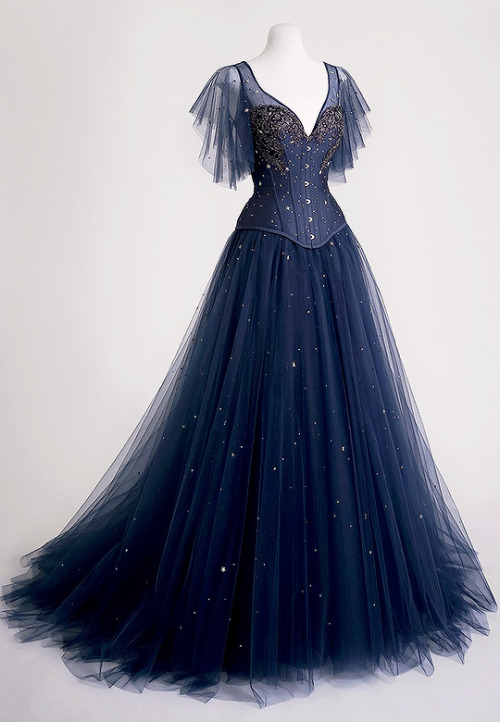


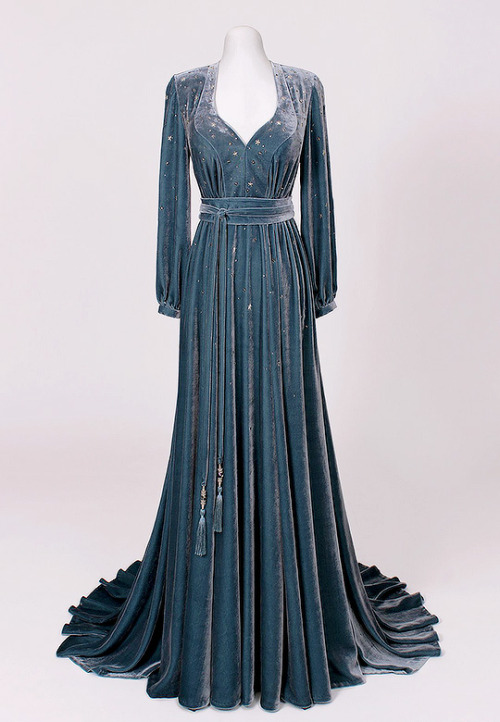



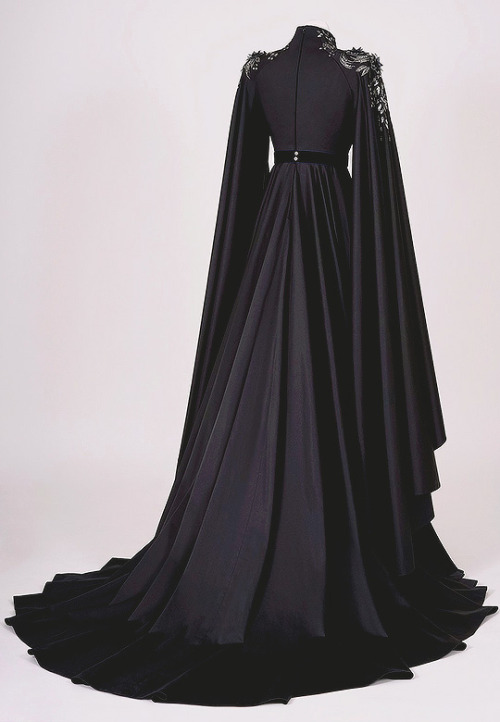
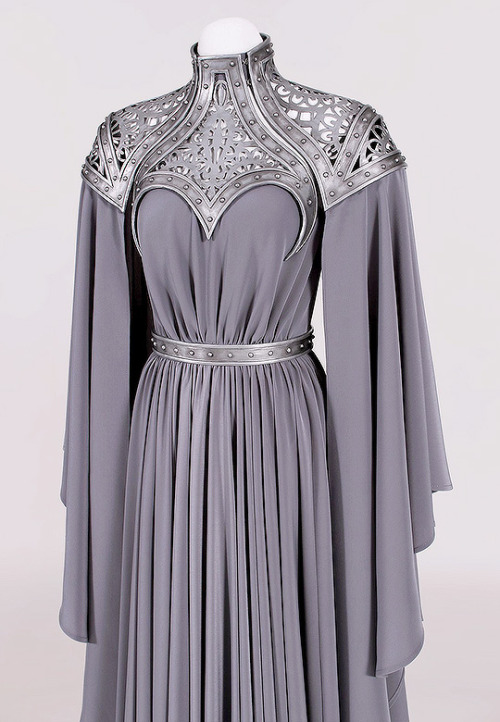

Linda Friesen Haute Couture Gowns
one year later, no justice

source: Ariel Sinha's Instagram
from the artist's post:
In the middle of the night on March 13, 2020, Breonna Taylor, a 26-year-old EMT, was senselessly killed in her own home by police as they looked for someone who didn’t live at her address and who had already been arrested. Breonna was a hero in her community, serving as an essential worker on the front lines of the pandemic. My heart is broken for her loved ones suffering this immense hurt and injustice. Rest in power, Breonna.
Lin getting slimed courtesy of Luis’ Twitter. You’re welcome


More Sherlock Behind the Scenes
(x | x)


Two types of British people: BAFTA edition

More my edits: ( vk.com/i_need_another_story )
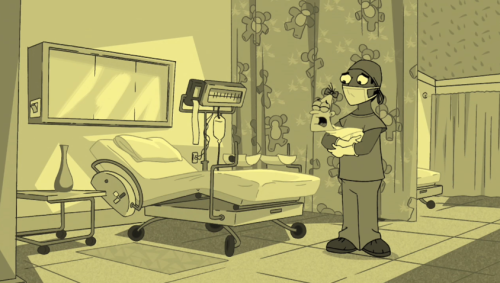
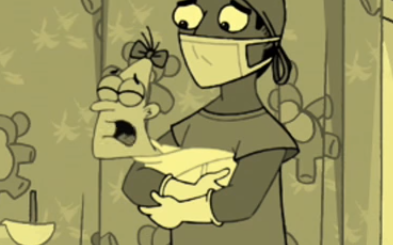
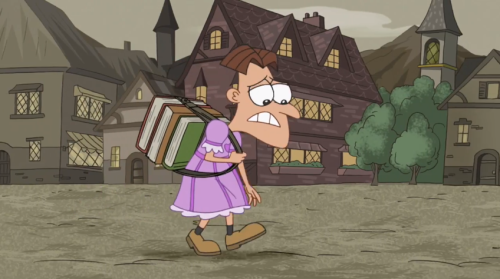
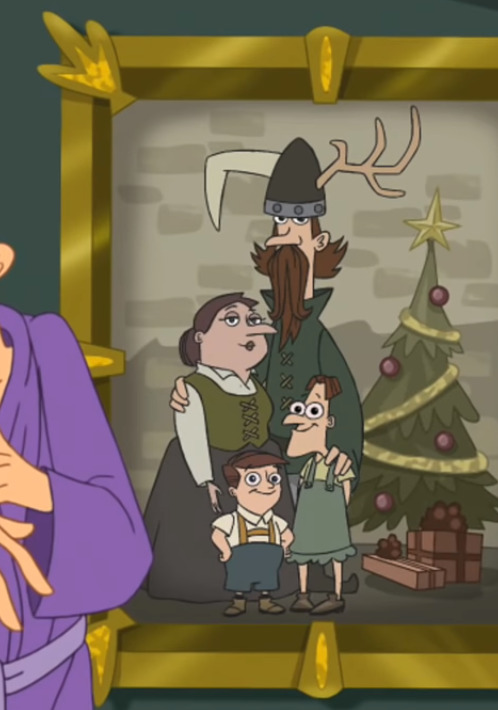
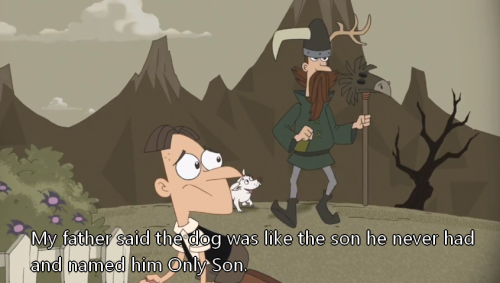
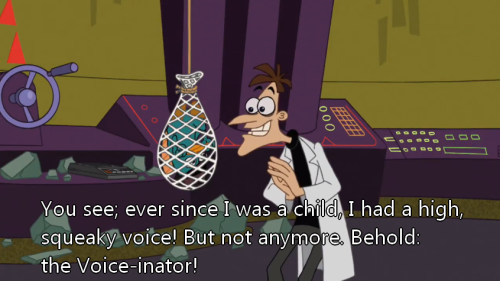
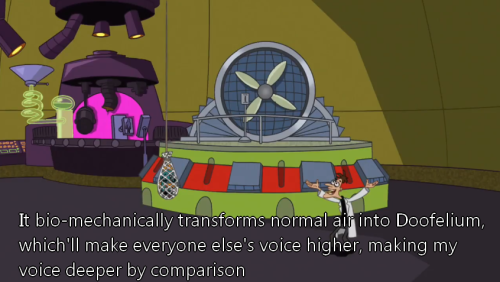
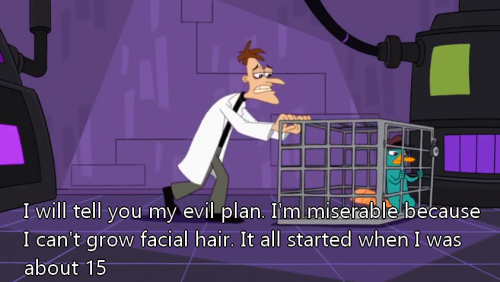
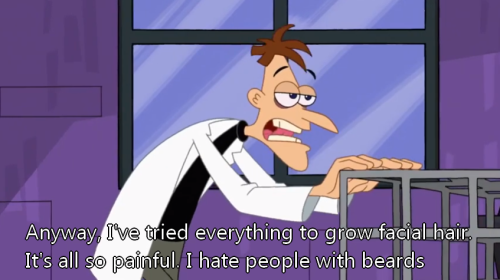
Doofenshmirtz is trans and it’s undeniable at this point.
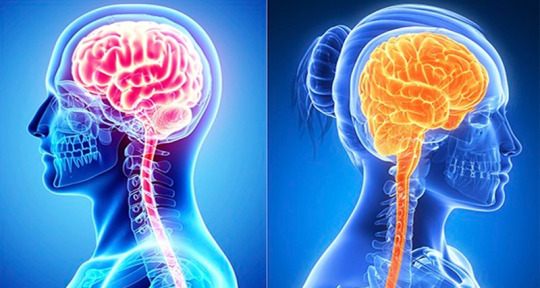





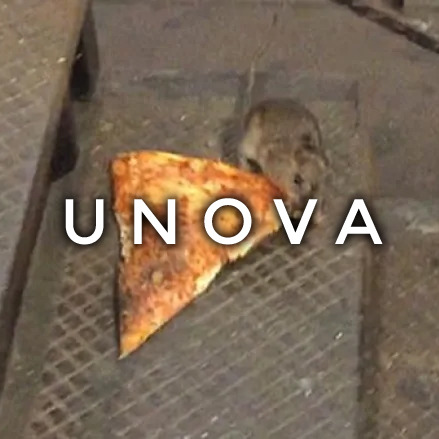
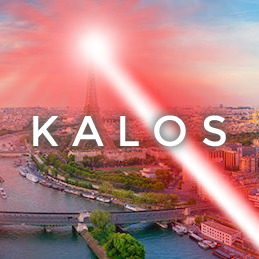


*withholds information from my therapist bc I don't want to get a bad grade in therapy*
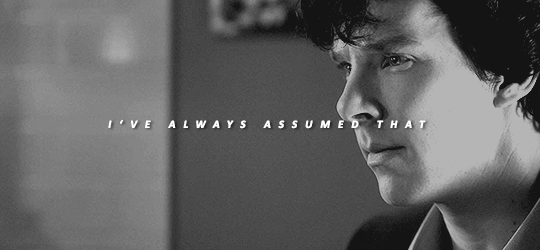
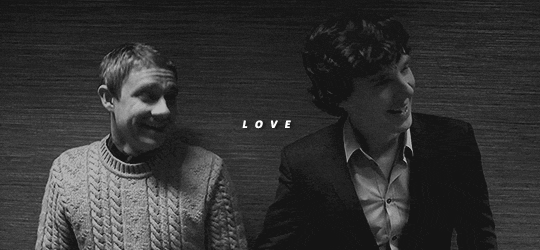
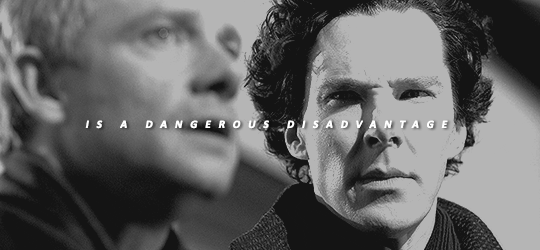
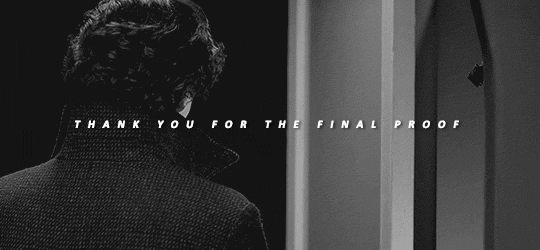
Alone is what I have, alone protects me. Caring is not an advantage. Don’t get involved. Sentiment is a chemical defect.
.. But look how you care about John Watson.
MOTHER FUCKER






Artist Christopher Stoll created a Pokemon Anatomy Textbook which details the biology and behavior of all 151 original Pokemon
Sometimes I wonder how many people are theatre fans on tumblr.
Reblog if you enjoy theatre.
Any musical.
Any straight play.
If there is a single one you like, reblog.
if you don’t love me at my

then you don’t deserve me at my

PTSD is the evil twin of Nostalgia
@whumploversanonymous I found it
Found a 30 minute Behind The Scenes clip of His Dark Materials season1!!
Haven't had time to watch is yet, but saving it here for later.
Happy Trans Awareness Week!!!!!